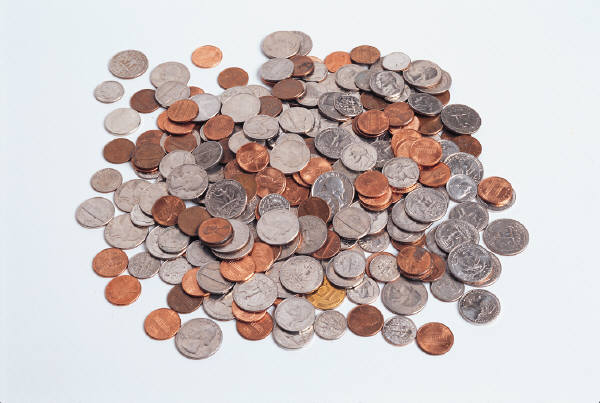The Office of Hawaiian Affairs has just announced the award of $329,000 in “Community-Based Economic Development” grants to nine programs that will help make Native Hawaiians “economically successful and self-sufficient.” You know, when you read enough grant-type literature, that kind of phrasing really starts to drive you crazy. It seems like there are two kinds of “economic development” grants. The first are trendy experimental things, like programs that believe that the way to reaching economic independence is by creating green businesses based on sustainable local agriculture and traditional customs. Or something on that line. Frankly, considering all the grants that seem to involve “sustainable agriculture,” “green something or other,” or “community kitchens,” one begins to wonder whether there are all that many Native Hawaiians who even want to work on these things. Goodness know I wouldn’t. I would be very depressed if I was struggling to get back on my feet and my big charitable break was being sent to work on a sustainable taro farm. I can’t help but feel that there’s not a lot of room for another taro millionaire.
The other kind of “economic development” project are what used to be considered simple charity back before grant writing became a profession. Things like helping the recently incarcerated get back on their feet or helping people finish their education. Now that they have to compete for funding with programs that present funding a poi factory as a major act of empowerment, the programs that simply help people get back on their feet have to recast themselves as “community-based economic development.” The whole thing makes you long for the relative simplicity of legalese.  In any case, here are the latest batch of OHA grants:
Ali‘i Pauahi Hawaiian Civic Club – $50,000 to support the establishment of a tissue culture clean room laboratory at Ka Mahi‘ai ‘Ihi O Wailea on Hawai‘i Island to increase maile production.
WorkNet Inc. – $50,000 to provide training and job opportunities to 60 participants in WorkNet C.A.F.E. (WorkNet Culinary Arts for Entrepreneurs), a hands-on course in the Food Service and Maintenance industries for jobs and/or continuing education at the high school and community college levels. At least 36 of the participants will be Hawaiians who are emerging from correctional facilities or the Federal Detention Center.
Mana Maoli – $49,705 to support the CD component of the Puolo Mana Maoli Project. The CD production process will include 10 culture-based charter schools that have agreed to contribute one track each to this CD component. This project will work with youth on improving their skills in creating, performing and recording music as well as the business and marketing aspects of the project.
SCORE Hawai‘i – $40,000 to provide training and technical assistance (counseling, advising and mentoring as well as conducting workshops) to improve the success of Hawaiian entrepreneurs.
Kula no na Po‘e Hawai‘i – $39,520 to support the homestead yard service/maintenance training program that prepares youth to operate a yard-service business serving Papakölea, Kewalo and Kaläwahine Streamside.
Alternative Structures International (dba ‘Ohana Ola ‘O Kahumana) – $25,000 to support the teaching of aquaponics to families with persons with disabilities and homeless families with children. The teaching aims to help them become self-sufficient and sustainable, as well as promote a healthier lifestyle and provide training and technical assistance for additional income and business opportunity.
Women in Need – $25,000 to support the WIN Bridge to Success program, which provides transitional housing for women with children. The program will help Native Hawaiian participants to gain the skills and personal development tools needed to become self-sufficient and productive members of the community.
Family Promise of Hawai‘i – $25,000 to support its work to help at least 20 Native Hawaiian families with housing and employment services. Through the services of Family Promise of Hawai‘i, more than 80 percent of participants transitioned from homelessness to housing, usually in three to four months.
Corvette Center Ministries (dba Zion ‘Ãpuka) – $24,616 to improve the lives of Native Hawaiians by providing nutritious food, transitional housing, drug rehabilitation, and educational and vocational programs.







